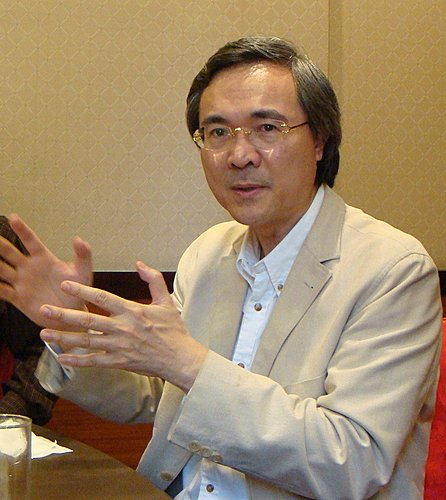
2010/9/24 我撰寫的"鼓勵生育要用對力氣"一文,被刊登在中國時報時論廣場版.
當天立即接到英文台北時報要求轉載,今天轉載並翻譯好的文章已刊出,與大家分享.
Why slogans won’t boost birthrate
The Ministry of the Interior has launched a series of measures to promote childbirth recently, hoping that the rewards will encourage some courageous women to help revive the nation’s dwindling fertility rate. I have treated women with reproductive problems for many years and most patients say the government is moving in the wrong direction and emphasizing the wrong things.
The younger generation will not have children for a measly few thousand New Taiwan dollars or a couple of slogans, but to this day the government continues to ignore the needs and problems of couples who really want to have children.
Taiwan’s fertility rate has continued to slide in recent years, dropping to 0.94 this year, the world’s lowest. In 1982, 420,000 children were born in Taiwan, but that number has now dropped to 190,000 per year. Not long ago, the ministry offered an award of NT$1 million (US$32,000) for a slogan that would encourage people to have children and later introduced a subsidy of NT$3,000 for every woman who has a third child.
However, even Chang Chih-ching (張芝菁), the winner of the slogan competition, said she would never have a child just because of a slogan. I cannot see how a subsidy for a third child would mean anything to those families that won’t even have a first child.
Having and raising a child is a complex matter that involves issues such as child care, career plans, education and finances. There is, however, a large group of people who want to, but have not succeeded in having children. Although they are already mentally and physiologically prepared, many must abandon their dream because they cannot continue fertility treatments, since insurance does not cover such medical expenses even though they clearly can, and really want to, have children. The government should follow the example of more advanced countries and offer subsidies to such families.
During the 2008 presidential campaign, the Hope Map Web site set up by cultural workers quickly collected more than 10,000 wishes that were forwarded to the presidential candidates. Topping the wish list was the hope that the government would offer an infertility subsidy.
Governments in more advanced countries are concerned that sharp population declines may affect their national competitiveness. Increasing the fertility rate then becomes an important policy, and many countries have, therefore, introduced related subsidies in recent years. If infertile families were given medical subsidies, they would be more willing to accept treatment. Given that the live-birth rate for the more than 8,000 instances of assisted reproduction treatment in Taiwan each year is 24 percent, this would be an effective way to stimulate the birthrate.
In 1970, more than 1 million children were born in South Korea, a figure that had dropped to 430,000 by 2005. The South Korean government then initiated a program to partially subsidize in vitro fertilization (IVF) for the first two attempts, worth about US$1,500. Following this national subsidy, South Korea’s fertility rate rose from 1.08, Asia’s lowest at the time, to 1.26 in just two years, an increase by about 10,000 births annually.
Japan sets no age limit, with patients undergoing infertility treatment receiving a subsidy of NT$35,000 to NT$53,000. Infertile couples are eligible for this subsidy twice a year for a maximum period of five years. The number of Japanese couples using IVF is increasing every year. To stimulate the fertility rate, Panasonic, Toshiba and other companies offer women that need to undergo infertility treatment temporary leave or holidays.
When Singapore’s Ministry of Health initiated its Co-Funding Scheme for Assisted Reproduction Technology in 2008, the number of women that received assisted reproduction treatment at government hospitals increased by 40 percent compared with the previous year. The government carries half the cost and it has fixed the subsidy for women under 40 at more than NT$60,000, available three times.
In Israel, which lacks manpower, the government pays the whole cost so long as a couple is willing to receive IVF treatment.
A look at the decisiveness of neighboring countries implies that if the government was willing to partially subsidize fertility treatment, it could encourage infertile couples and increase their willingness to receive treatment. That could have an immediate impact on Taiwan’s aging population and low fertility rate.
Tzeng Chii-ruey is dean of the College of Medicine and chairman of the department of obstetrics and gynecology at Taipei Medical University.
TRANSLATED BY PERRY SVENSSON
英文台北時報


